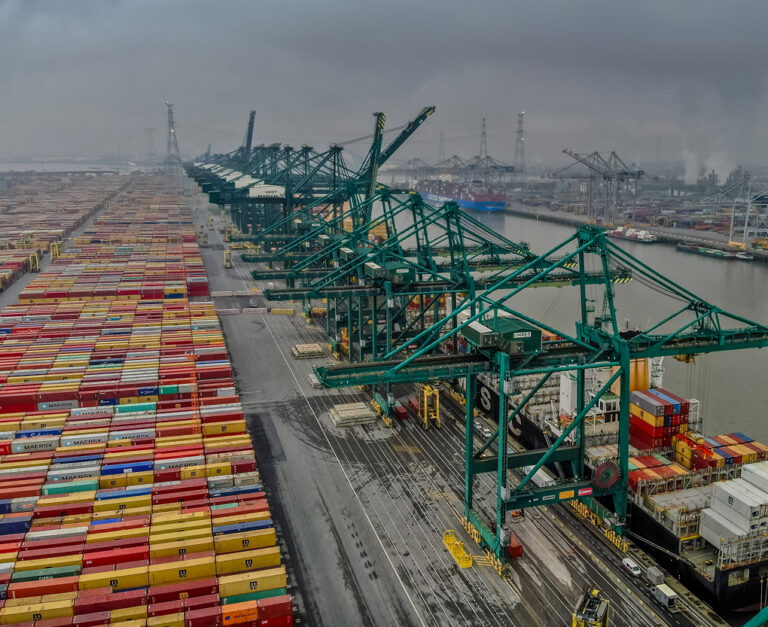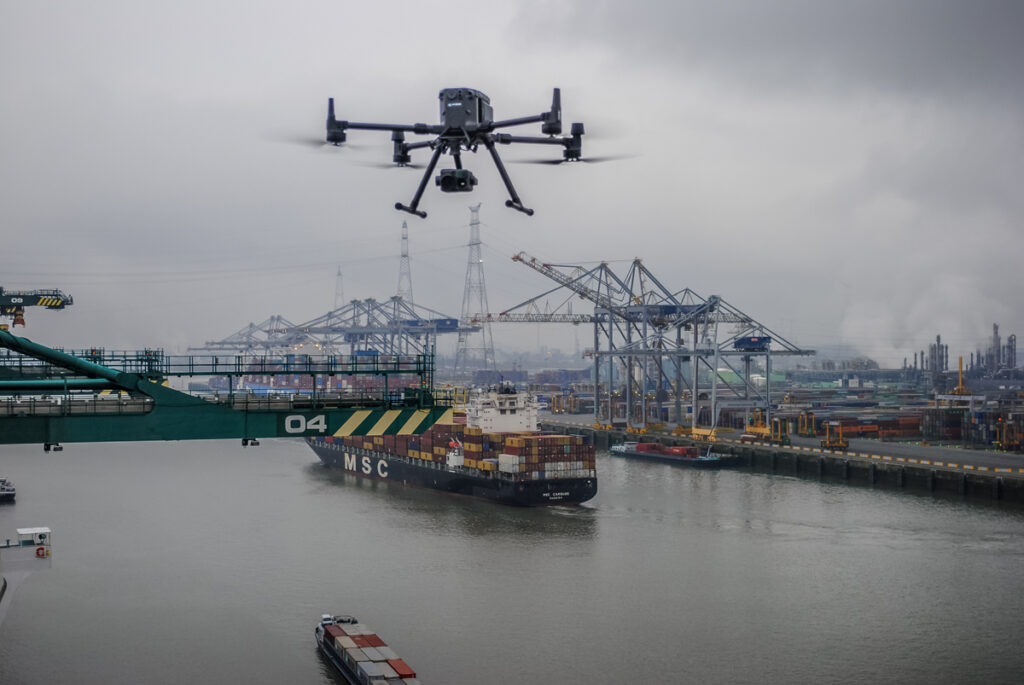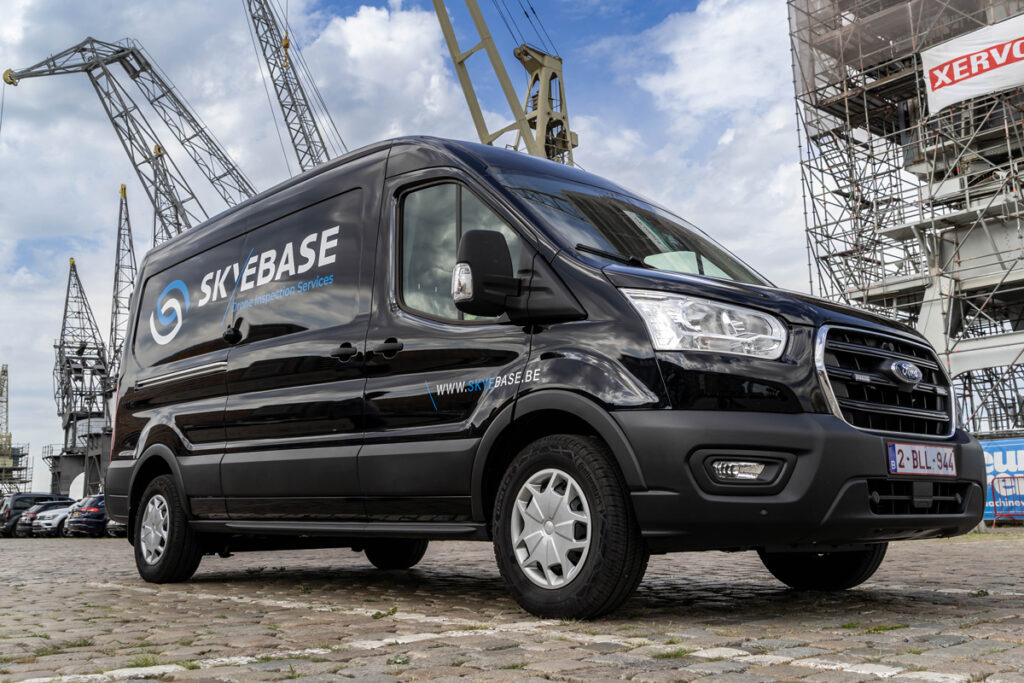The Revolution of Drone Inspections in the Port Industry
Automation plays a crucial role in crane inspections, especially in port environments where efficiency and safety are of paramount importance. The use of drones has dramatically transformed the way we conduct crane inspections. These unmanned aircraft offer a range of advantages that surpass traditional inspection methods, resulting in faster, safer, and more cost-effective inspection processes.
The Time Factor: Faster Inspections
One of the key benefits of drone inspections is the significant reduction in inspection time. While manual inspections require a lot of time and effort, drones can quickly and efficiently perform the full range of inspection tasks. This allows inspectors to inspect more cranes in less time, leading to increased productivity and faster cargo throughput in the port.


Reduced Human Errors
Human errors are inevitable in manual inspections, but drones minimize this risk. They operate according to preset instructions and consistently record each inspection, greatly reducing the chances of human errors and inconsistencies. This translates into more reliable inspection results and improved safety for port personnel.
Access to Hard-to-Reach Areas
Some parts of cranes are difficult to access or even dangerous for human inspectors. Drones can safely reach these areas, providing a significant advantage when assessing the overall condition of the cranes. This allows inspectors to examine the most remote corners of the cranes without risking their own lives, which can be crucial for safety and performance.
Cost Savings and Risk Reduction
The integration of drones into crane inspections brings significant cost savings. Because drones can be deployed without the need for additional manpower and without the risk of accidents, the overall cost of inspections is significantly reduced. In addition, faster inspections lead to shorter crane downtime, further enhancing the profitability of ports.
Improved Safety
Ensuring the safety of port personnel is vital, and drone inspections help achieve this goal. Inspectors can remain at a distance while collecting detailed images and data. This minimizes their exposure to hazardous conditions, such as heights or adverse weather. Improved safety not only reduces the risk of injuries but also has a positive impact on the overall safety culture in the port industry.

Conclusion
The use of drones in the inspection of port cranes has transformed the industry. The benefits are clear: faster inspections, fewer human errors, access to hard-to-reach areas, cost savings, and improved safety. This technological advancement contributes to a more efficient, safer, and cost-effective inspection process, which is beneficial not only for port operators but also for the well-being of port workers and the environment. It’s evident that the future of crane inspections in the port industry is soaring high with drones.


